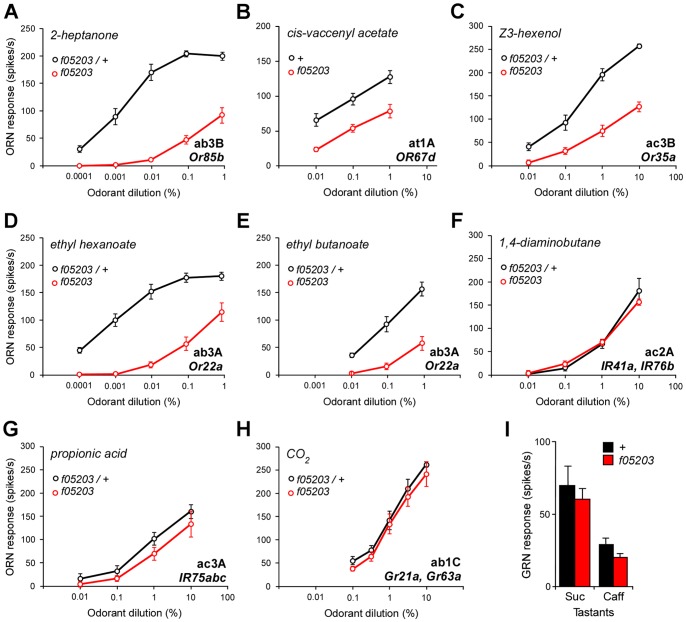Figure 2. dATP8B is required for responses of Or but not IR or Gr- expressing sensory neurons.
(A–C) Mutations in dATP8B reduce the sensitivity of Or-expressing neurons to their major ligands. Dose-response curves for neurons located in three different morphological types of sensilla are shown; (A) ab3B neurons in basiconic sensilla (Or85b) to 2-heptanone, (B) at1A neurons in trichoid sensilla (Or67d) to cis-vaccenyl acetate, (C) ac3B neurons in coeloconic sensilla (Or35a) to Z3-hexenol. In all cases sensitivity is significantly lowered for all doses in homozygous dATP8Bf05203 flies (red) compared to controls (black, t-test, Bonferroni, n = 6–9, recorded from 4–8 flies). (D–E) Mutations in dATP8B differentially alter responses of ab3A neurons (Or22a) to a major ligand ethyl hexanoate (D) and a minor ligand ethyl butanoate (E). (n = 7 sensilla, recorded from 5–6 flies). (F–I) Neurons expressing IR or Gr receptors are not affected by dATP8B mutations. Four different types of neurons are shown; (F) responses of ac2A neurons in coeloconic sensilla (IR41a and IR76b) to 1,4-diaminobutane, (G) responses of ac3A neurons in coeloconic sensilla (IR75a,b and c) to propionic acid, (H) responses of ab1C neurons in basiconic sensilla (Grs21a and 63a) to CO2, (I) responses from single neurons in labellar taste sensilla expressing Gr genes to 100 mM sucrose (Suc) or 10 mM caffeine (Caff) (mean ± SEM). In all cases control and mutant responses are not significantly different (n = 6–10 sensilla from 3–5 flies, t-tests, Bonferroni). Controls are either wild type or heterozygous dATP8Bf05203 mutants.

